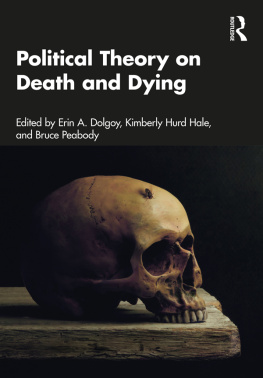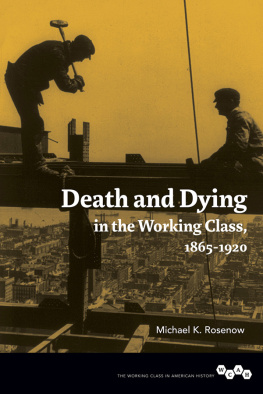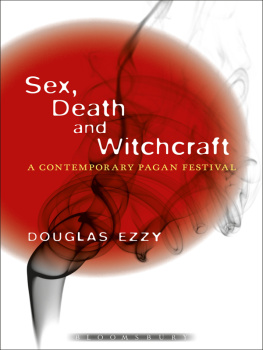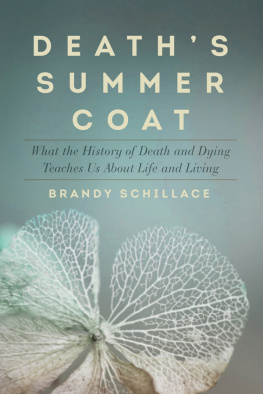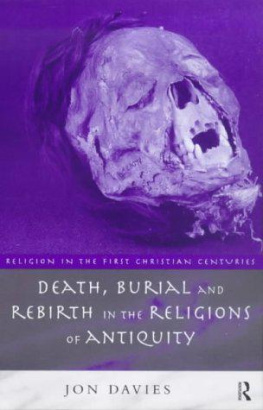Notes on Contributors
C.A. Bayly is Fellow and Tutor of St. Catharine's College, Cambridge. He has published various articles on Indian politics and society and is the author of The Local Roots of Indian Politics. Allahabad, 18801920 (1975). He is at present completing a study of the towns and trading communities of north India and has recently been appointed an editor of the New Cambridge History of India.
David Cannadine read history at Clare College, Cambridge, and received his doctorate from the University of Oxford in 1975. He is now Fellow of Christ's College and Lecturer in history in the University of Cambridge. He has contributed to a wide range of Journals and his Lords and Landlords: The Aristocracy and the Towns, 17751967 appeared in 1980.
R. C. Finucane held a Leverhulme Fellowship in the University of Oxford in 1970 and a research fellowship in the Medieval Centre, Reading University from 1973 to 1976. His Miracles and Pilgrims: popular Beliefs in Medieval England was published in 1977.
Paul S. Fritz is Professor of History at McMaster University, Canada, and co-editor of the Publications of the McMaster University Association of 18th Century Studies. His book The English Ministers and Jacobitism Between the Rebellions of 1715 and 1745 appeared in 1975.
David Irwin is Reader in the History of Art and Head of Department at the University of Aberdeen. His books include: English Neoclassical Art (1966),Winckelmann: Writings on Art (1972),Scottish Painters: At Home and Abroad 17001900 (co-author with his wife, 1975), and most recently John Flaxman: Sculptor, Illustrator, Designer (1979).
John McManners is Canon of Christ Church and Regius Professor of Ecclesiastical History in the University of Oxford. He is also a Fellow of the British Academy. His books include: French Ecclesiastical Society and the Ancien Regime: A Study of Angers in the 18th Century (1960), Lectures on European History 17891914: Men, Machines and Freedom (1966), TheFrench Revolution and the Church (1969) and Church and State in France 18701914 (1972).
Christiane Sourvinou-Inwood graduated from Athens University and received her doctorate from the University of Oxford. She held various academic appointments in Oxford and Liverpool and is the author of Theseus as Son and Stepson. A Tentative Illustration of the Greek Mythological Mentality (1979). She has now given up academic life to write plays and detective stories.
Joachim Whaley was educated at Christ's College, Cambridge, where he held a Fellowship in History from 1976 to 1978. He is now a Fellow of Robinson College and lectures on German history in the Faculty of Modern and Medieval Languages at Cambridge University. He is currently writing a history of religious toleration in north Germany in the eighteenth Century.
Introduction
JOACHIM WHALEY
History, Hegel once wrote, is the record of what man does with death. Indeed man's existence has always been characterized by an awareness of his transitory nature. It is the sense of time and hence the sense of mortality which distinguishes man from all other species. Animals may fear death and undoubtedly have some primitive consciousness of the demise of their fellow creatures. But man alone actually buries his dead and man alone has conceived of the possibility of an after-life whether by direct translation of the body or by some more complex translation of the spirit or soul. Death is a biological fact which man shares in common with all other species, but there is also a sense in which W. B. Yeats was correct when he claimed that Man has created death.
Hegel and Yeats both pointed to one of the most extraordinary and most prominent features of human existence-the preoccupation, almost the Obsession of all societies with its termination. Some 500, 000 years ago Peking Man already buried his dead. By 50, 000 B. C. Neanderthal Man had created a relatively elaborate series of rituals providing for what were thought to be man's post-mortem needs. The emergence of homo sapiens in the Upper Palaeolithic era is characterized by the increasing complexity of burial customs and by the time the first civilized societies had been established ancestor worship, elaborate burial rituals and increasingly complex and massive tombs or houses for the dead had become a regular feature of all societies.



